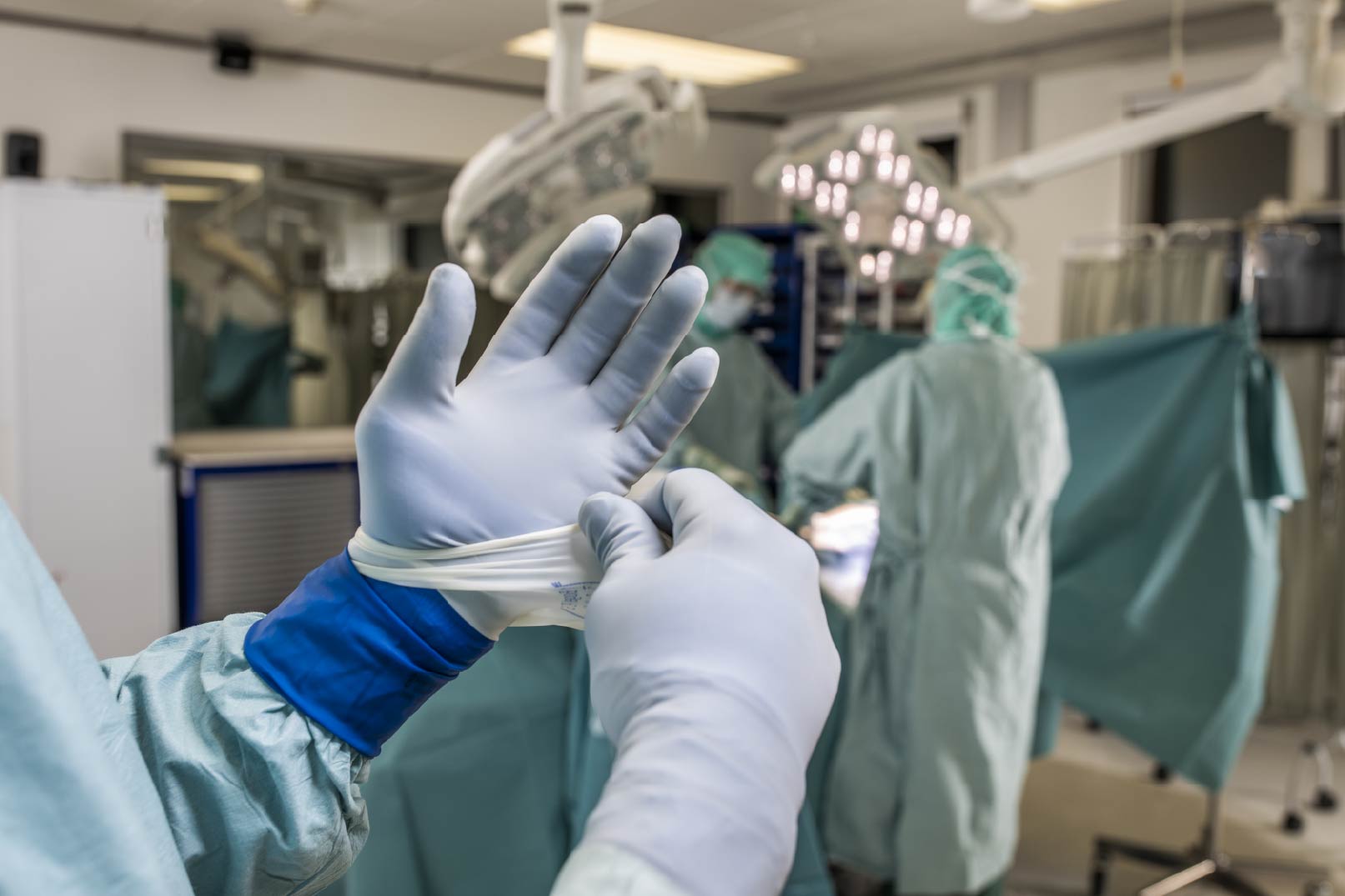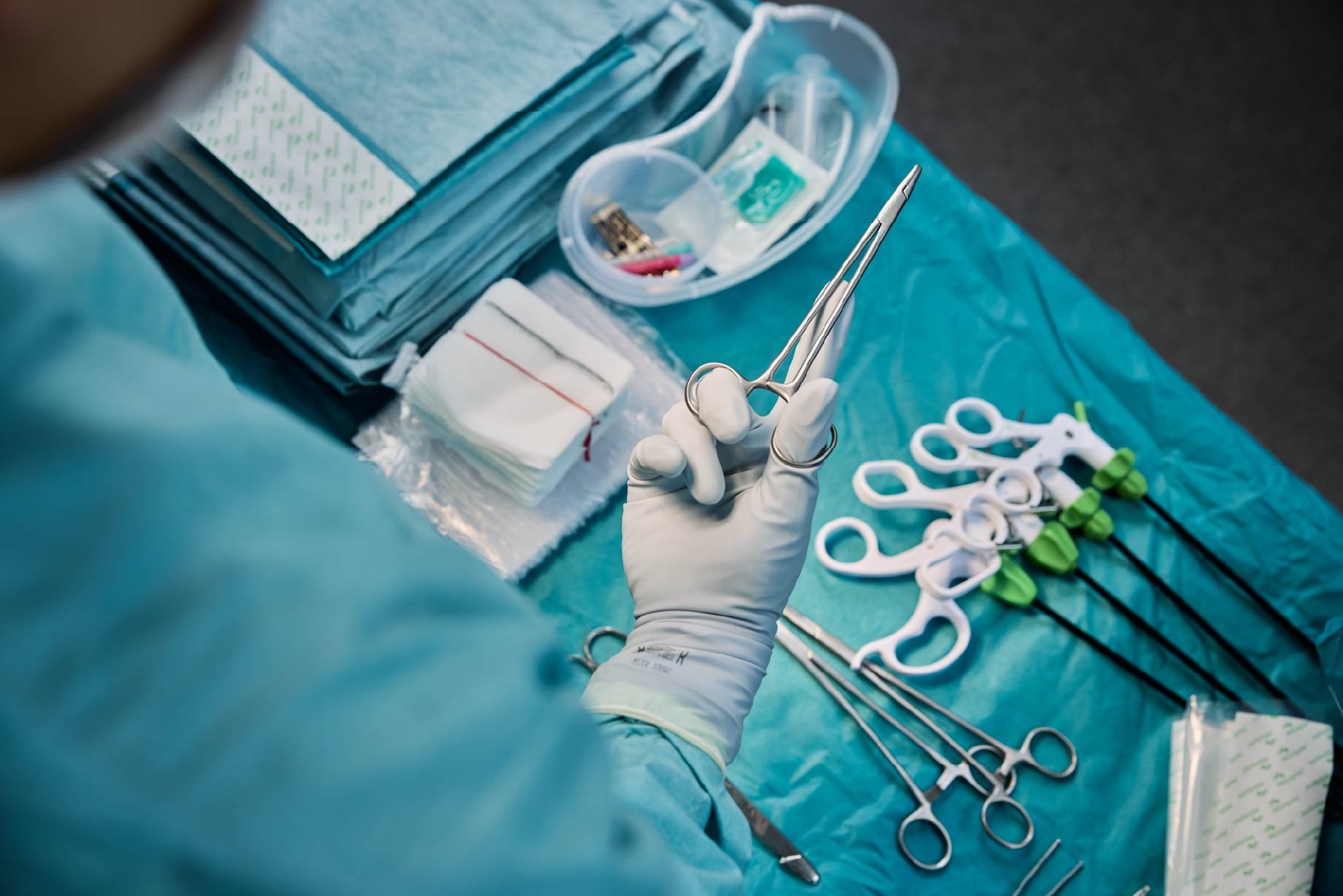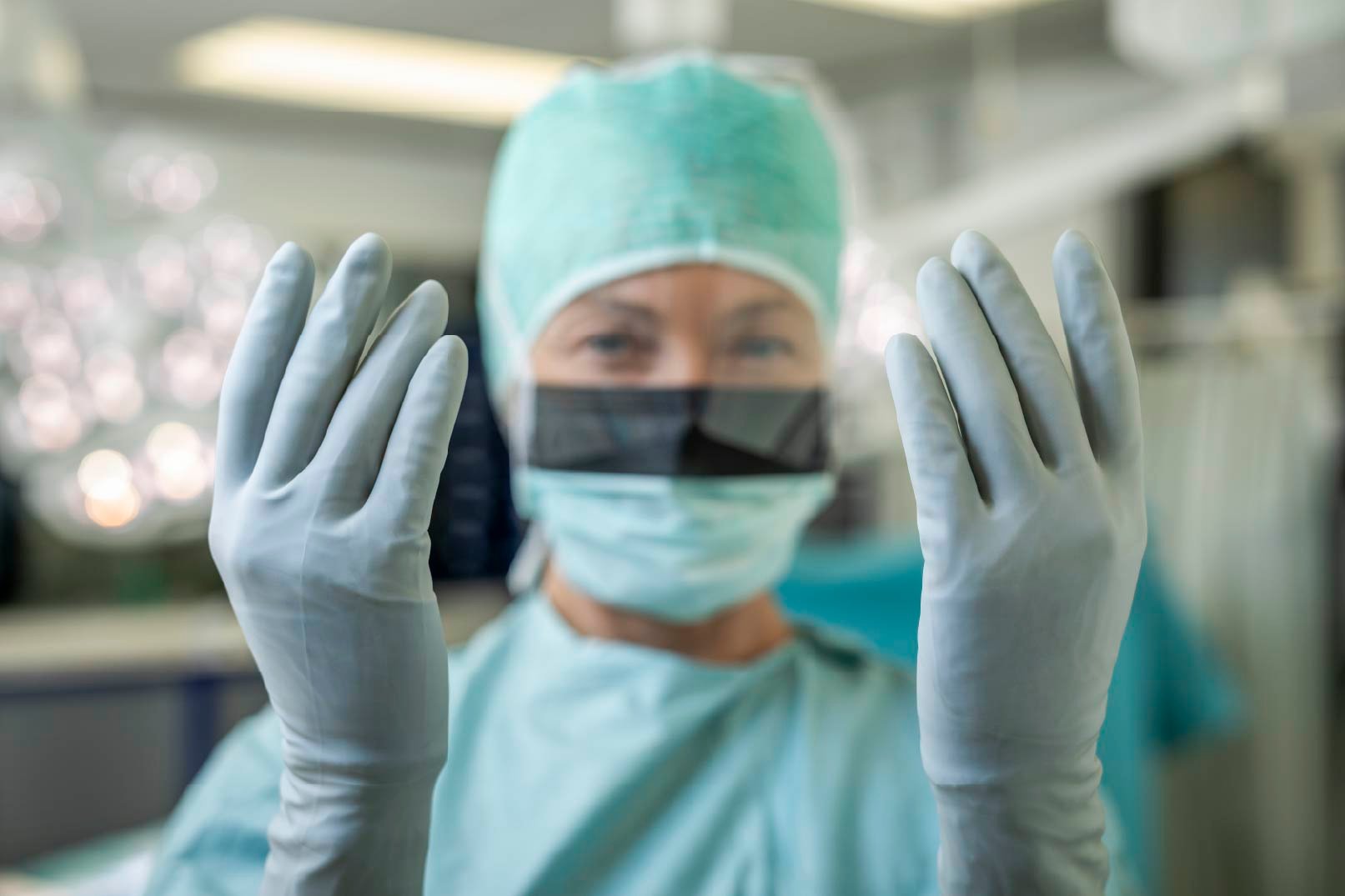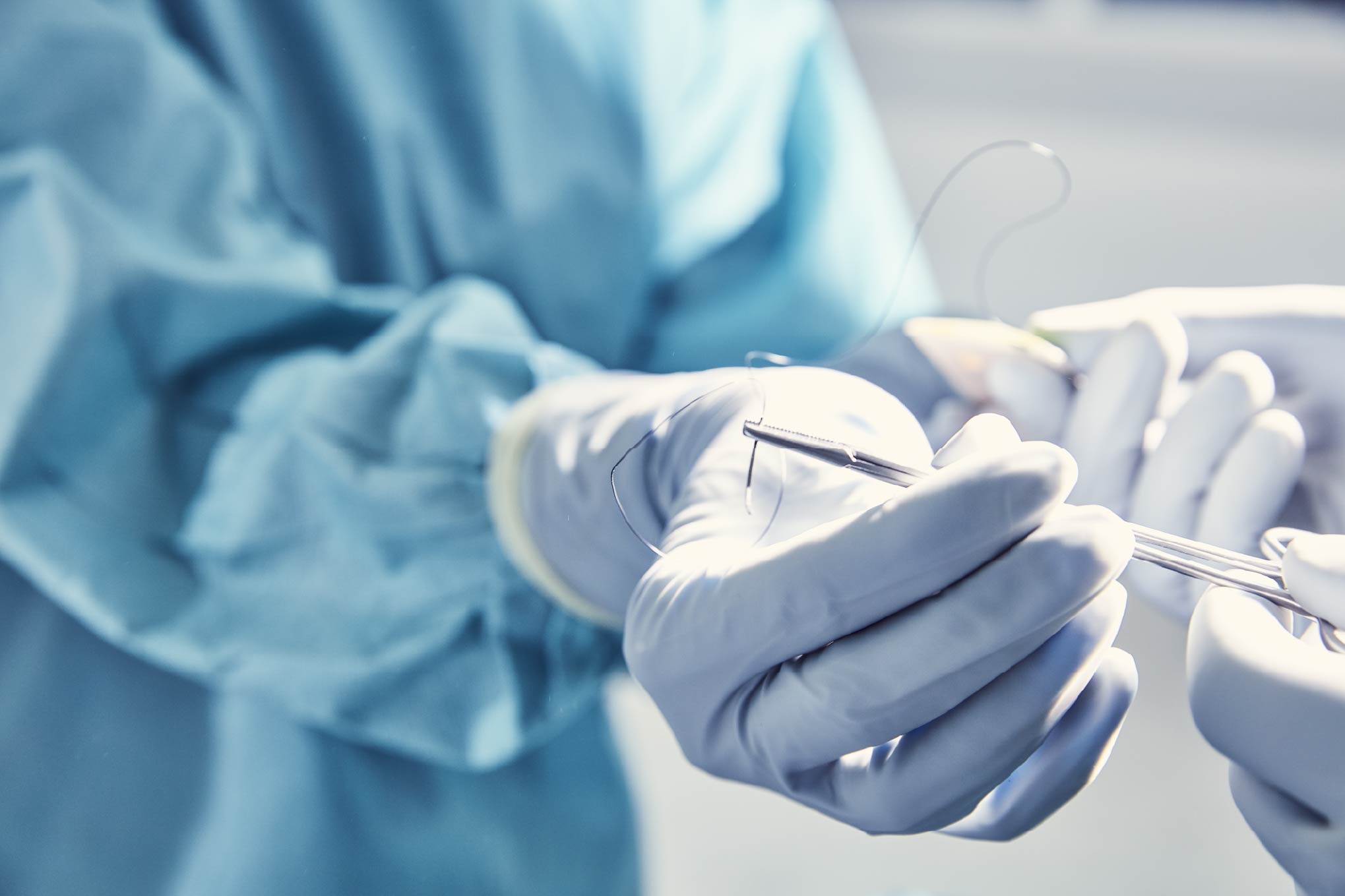With rigorous surveillance measures, OR teams can reduce their infection rates and understand where in their OR workflow practices are working or not. In this podcast, our guest Jennie Wilson takes an objective look at OR practice and examines the practical resources and best practices available for preventing SSI and the change management and improvement science processes needed to make change across the practice.
Surveillance is key. Starting in the 1980s, epidemiologist Dr Robert Haley started talking extensively on surveillance and measuring rates of infection, arguing that feeding that input back to clinicians was critical to improving practice and reducing infection.

In this podcast
In this podcast, Professor Jennie Wilson shares insights from her work with surgical site infection surveillance and quality improvement processes.
Why construct a culture of safety?
Hospitals with low infection rates have a strong safety culture within their OR teams, always reinforce best practice, and have good leadership in place to ensure that from the top down, safety is everyone’s responsibility.
Implementing a safety culture
Basic techniques and safety concepts can be applied in real-world practice. These include everything from skin protection and cleansing to patient warming, from draping to instrument handling.
Overcoming barriers safety culture
It’s necessary to think about how things are done to be able to do them better by demonstrating there is a problem (which requires surveillance and data), process mapping and plan-do-study-act (PDSA) processes. Driving change and new ways of working in the operating room is a challenge, but these improvements have a significant impact on reducing SSI and other patient outcomes.
Driving change in the OR can make a big difference. Ready to learn more?









